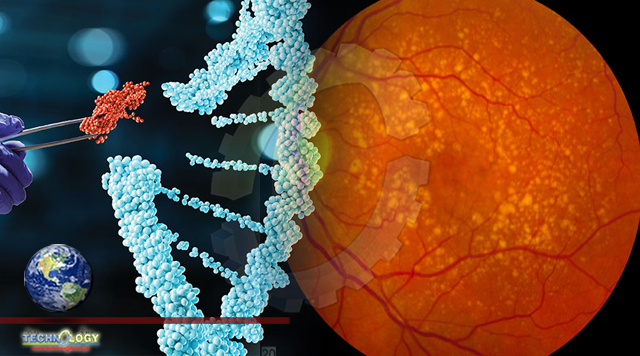A better understanding of how Müller glia provide metabolic support for photoreceptors may provide new insights into the mechanisms of photoreceptor degeneration.

“Effect of selectively knocking down key metabolic genes in Müller glia on photoreceptor health”Share
This recent study from the Macular Research Group explored the mechanisms of photoreceptor degeneration, which is found in many blinding diseases such as age-related macular degeneration (AMD).
The Macular Research Group (MRG) at Save Sight Institute aims to develop new treatments for macular disease through world-class, patient-oriented research.
A recent MRG study concentrated on the mechanisms of photoreceptor degeneration, which is found in many blinding diseases such as age-related macular degeneration (AMD).
This study investigated the relationship between Müller glia (a type of retinal cell) and photoreceptor degeneration. The retina is one of the most metabolically active tissues in the body.
Photoreceptors are cells in the retina that respond to light. These cells shed 10% of their outer segment every day, requiring energy and metabolites to constantly renew. A disturbance of the outer retinal metabolism can lead to photoreceptor degeneration, and subsequently, blinding eye diseases.
Müller glia may be significant in supporting photoreceptors.
The close anatomic relationship between Müller glia and the photoreceptors suggests that Müller glia may provide important metabolites to support photoreceptors.
A better understanding of how Müller glia provide metabolic support for photoreceptors may provide new insights into the mechanisms of photoreceptor degeneration.
How we did it:
To test this idea, the team generated a transgenic mouse model. Transgenic models are created by deliberately inserting a foreign gene into the animal’s genome.
This model was designed to specifically target individual components of the metabolic process in Müller glia and study the effect on photoreceptor health. As they found that Müller glia may use glucose to produce serine to support photoreceptors, they also studied the effect of serine supplements on photoreceptor degeneration.
The team first assessed what metabolic genes are expressed by Müller glia, finding that they express insulin receptor (IR), hexokinase 2 (HK2) and phosphoglycerate dehydrogenase (PHGDH).
Each of these proteins plays a key role in the regulation of glucose homeostasis. Glucose homeostasis is of critical importance to human health due to the central importance of glucose as a source of energy. The regulation of blood sugar levels is vital for eye health, as high blood sugar can lead to problems like blurry vision, cataracts, glaucoma, and retinopathy.
The results:
They then generated transgenic animals where these proteins could be selectively targeted, and found selectively knocking down IR, HK2, or PHGDH led to photoreceptor degeneration and reduced photoreceptor function.
Further, they found that serine supplementation prevented photoreceptor degeneration and improved retinal function in PHGDH deficient animals. They believe the mechanism of this rescue is by the regulation of serine transport.
Taken together these findings suggest that Müller glia use glucose to produce serine to support photoreceptors. Further research is still important to dissect the complex relationship between Müller glia and photoreceptors.
Originally published at The university of Sydney